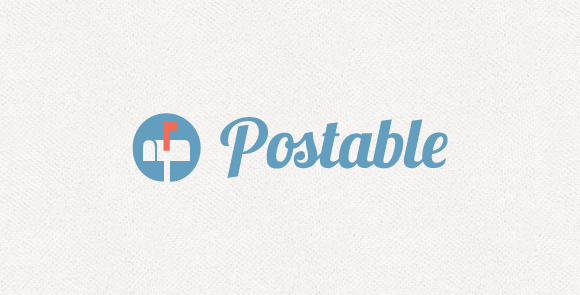
At Barrel, one area of focus is designing marketing websites for B2B technology companies. These companies provide software, hardware, or consulting services to other businesses. Their marketing websites are usually the most frequently accessed touchpoint for customers, investors, and potential employees. Our design goal, then, is to create an experience for the website’s visitors that establishes credibility, explains what the company does, and converts potential customers into leads. We believe that a big part of a great experience is the strength of the content.
Over time, we’ve developed a system of classification to guide our clients through the process of identifying content opportunities that can enhance the web experience for their potential customers. We call this the Five Content Ingredients. They are:
- Story
- Product
- Social Proof
- Thought Leadership
- Conversion
Story: Who and Why?

The Story content answers the who and why questions. Who are the people behind the product and services? Why are they doing what they’re doing? Is there an inspiring moment that led to the birth of the company? Story content may include sections such as the About Us page, Our Team page, individual bios of team members, Our Mission, Our Vision, and any other supporting media such as a video on the company’s history or a timeline graphic.
Product: What Are You Selling?

What does the company do? What products or services does it provide? Product content delves into these details, outlining features and benefits. Product content can also include pricing, although we’ve found that transparency with pricing varies from company to company, especially when it comes to complex products or services. Product photography and explainer videos can also serve as product content.
Social Proof: Who Trusts You?

In addition to showcasing the customers that the product or service has helped, social proof can also enhance the company’s image by playing up its affiliation with prestigious organizations or highlighting press coverage on national media outlets. Examples of social proof content include customer testimonials in the form of block quotes, Twitter cards, or videos; logos of companies that have bought the product or service; excerpts of press coverage; and social media counters that show a large follower base.
Thought Leadership: What Do You Know?

Thought Leadership content establishes the company’s expertise in the product or service it is offering. Through content such as white papers, blog posts, in-depth case studies, and infographics, the company can demonstrate its depth of knowledge and also establish a unique point of view. Thought Leadership content can serve as sources of new traffic to the company website especially as it makes the rounds on various social media channels. For this to happen, we typically tell our clients that Thought Leadership requires consistent upkeep and an established editorial workflow to generate fresh, engaging content.
Conversion: What’s the Next Step?

Conversion content is unique in that it actively prompts website visitors to break out of their passive browsing mode and interact with the website. For most B2B technology companies, the contact form is often the only piece of conversion content. It allows an interested visitor to signal their interest in the company’s products or services. We encourage our clients to try other types of conversion content, including quote generators, quizzes, scorecard reports, and downloads. These provide engaging interactive experiences for visitors while also capturing valuable data that can turn into new leads.
Building Up an Index

Drawing on our experience designing marketing websites for B2B technology companies, we’ve created an internal spreadsheet that catalogs different page and asset ideas for each ingredient. This centralized knowledge base is handy as a resource for new projects and also a great way to save ideas for later use. We also share the spreadsheet with clients during brainstorming sessions as a catalyst for discussions around content strategy. Here’s an abbreviated version of the spreadsheet that we share with clients: Five Content Ingredients for B2B Technology Websites.
Content Drives Experience

Visitors to marketing websites experience content in different ways. Some visitors will quickly browse through Story or Product content before determining, whether or not the website has something of value for them. Other visitors, perhaps hoping to make a quick decision on a vendor, will take their time reading through Social Proof content or interacting with Conversion content. If the website has an active and engaging Thought Leadership component, it will draw frequent return visits whenever new content is published.
Our Five Content Ingredients approach is a useful tool for exploring the many ways a company can present itself using different types of content. With a stronger understanding of a marketing website’s content needs, we can work to align content, design, and technology to create engaging experiences for the company’s audience.
Illustrations by Crystal Ellis.




